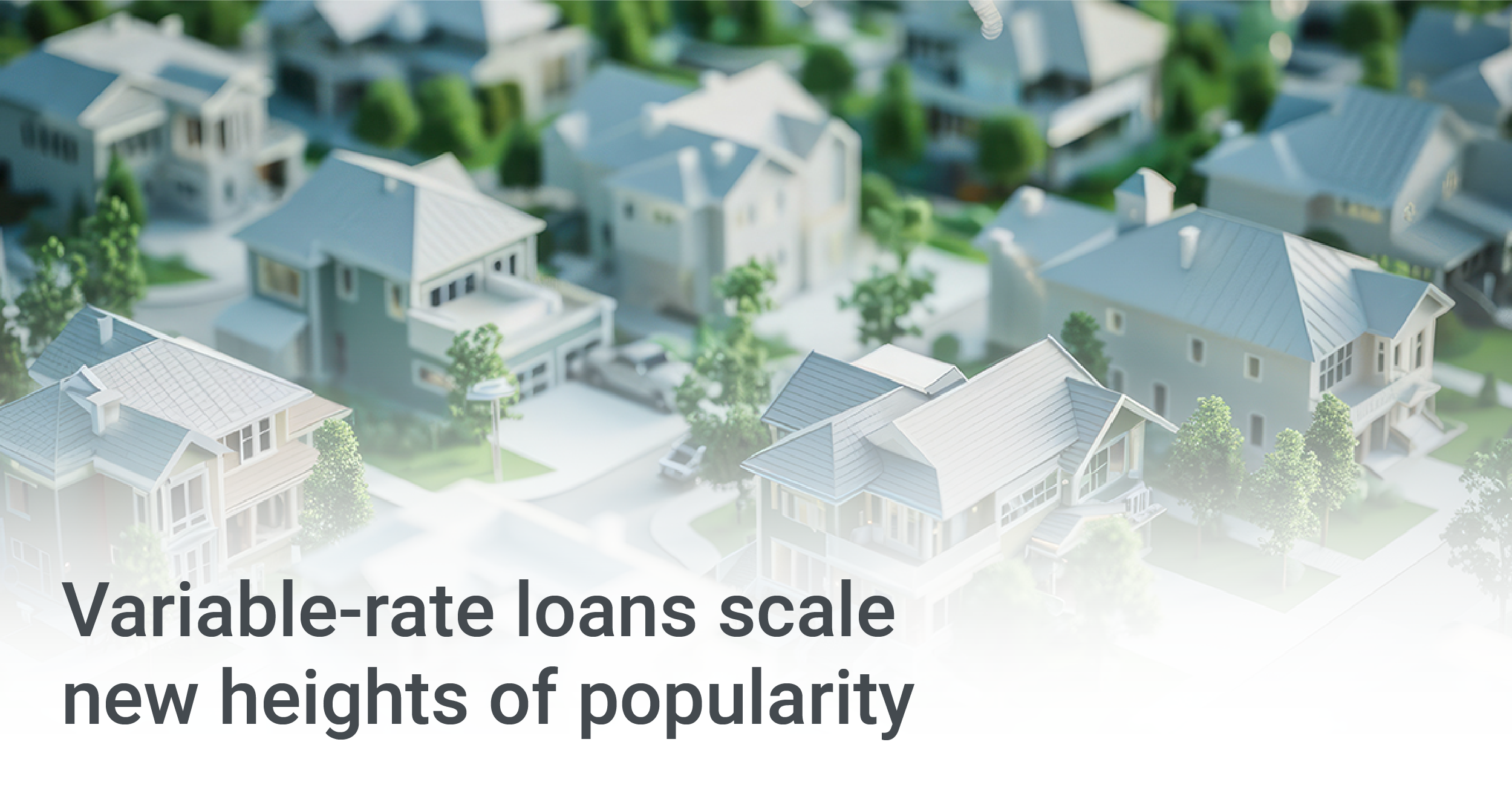Since late 2019, homebuilding costs have increased by nearly 40%, according to a speech by Reserve Bank assistant governor Sarah Hunter, while general inflation (referred to as headline CPI in the graph) has been less than 20%. So why have residential construction costs grown twice as fast?
Ms Hunter said one reason is that building materials and labour have “risen sharply” since the pandemic. Another reason is that higher interest rates have made it more expensive for developers to fund their projects.
High building costs have partly contributed to “an imbalance between new supply of housing and growth in demand,” according to Ms Hunter. She said there were several ways in which these imbalances may be resolved, including a slowdown in the growth in building costs and an increase in average household size.
“But it will not be a quick fix. Demand pressure, and so upward pressure on rents and prices, will remain until new supply comes online,” she said.
